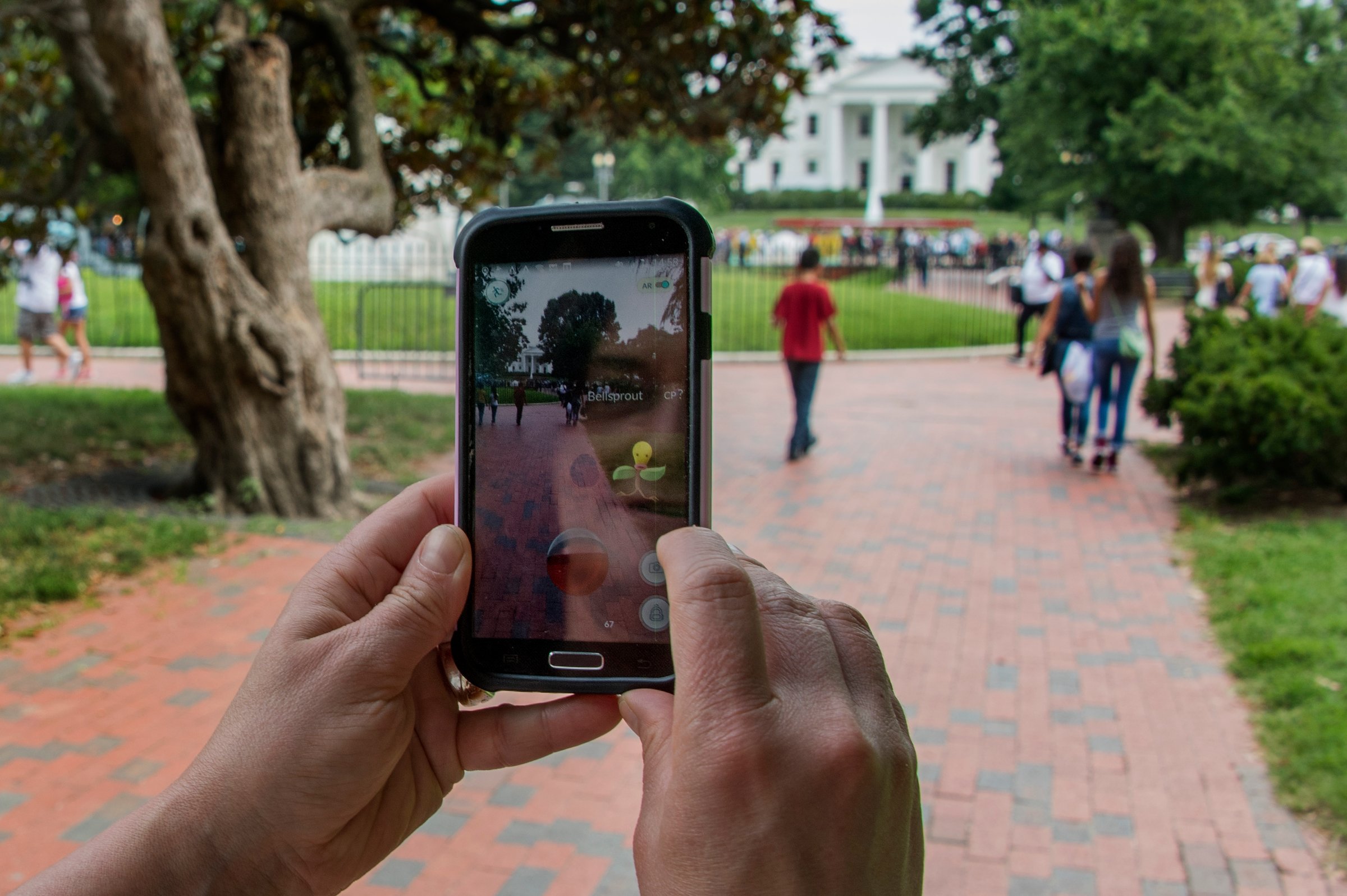
Pokémon Go seems like it’s everywhere — but it may not be everywhere equally, according to a report from the Urban Institute.
Players advance by finding Pokéstops and gyms on the digital map by physically going to the corresponding locations in the real world, and the analysis of Washington, D.C. suggests those stops are way more likely to be in relatively affluent or white neighborhoods.
“In neighborhoods that are majority white, there are 55 portals on average, compared with 19 portals in neighborhoods that are majority black,” wrote Shiva Kooragayala and Tanaya Srini in the report. They added that this disparity held true even when they controlled for population density and the amount of millennials living in the neighborhoods.
The report analyzes data about portals in Niantic’s earlier game Ingress, and the company used the same geographic map and information to construct the world of Pokémon Go. The issue may stem from how users used to be able to suggest portal locations for Ingress, and the game’s user base was skewed towards younger, male English-speakers.
Plenty have lauded the good that Pokémon Go can do by encouraging people to discover their cities, but that good can become another way to perpetuate inequality if it passes over neighborhoods that aren’t wealthy or majority white. At the very least, fewer Pokéstops makes the game less fun — and potentially more expensive, if people choose to make in-app purchases to progress.
More Must-Reads from TIME
- Why Biden Dropped Out
- Ukraine’s Plan to Survive Trump
- The Rise of a New Kind of Parenting Guru
- The Chaos and Commotion of the RNC in Photos
- Why We All Have a Stake in Twisters’ Success
- 8 Eating Habits That Actually Improve Your Sleep
- Welcome to the Noah Lyles Olympics
- Get Our Paris Olympics Newsletter in Your Inbox
Write to Julia Zorthian at julia.zorthian@time.com